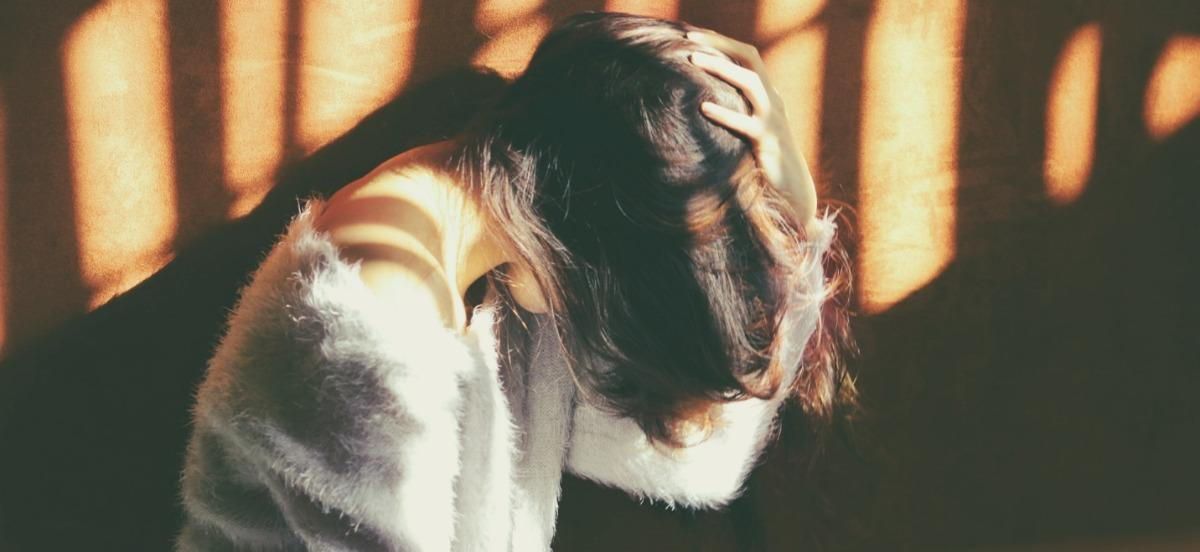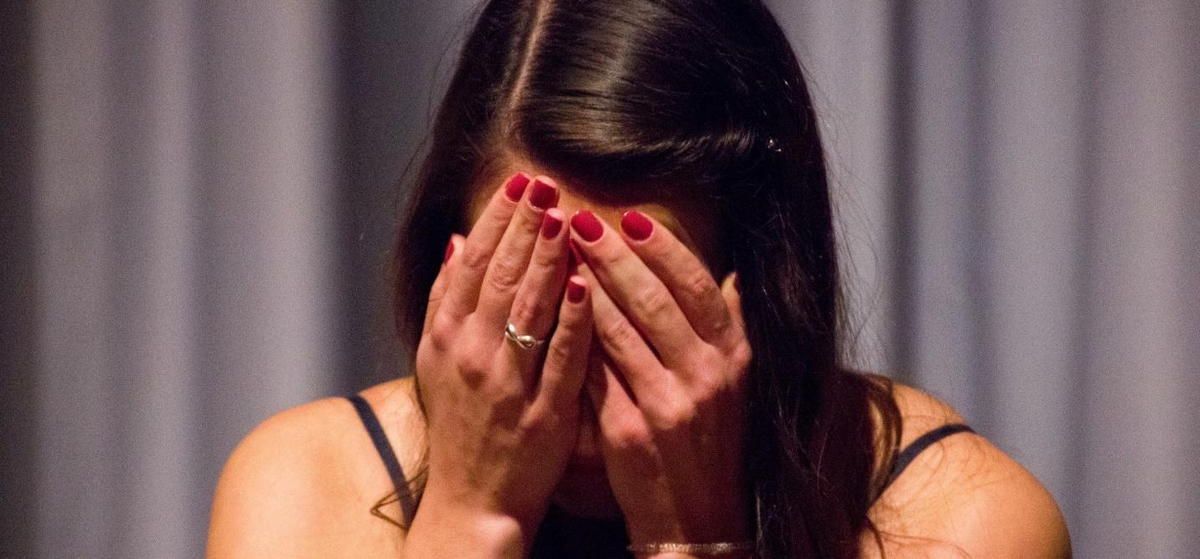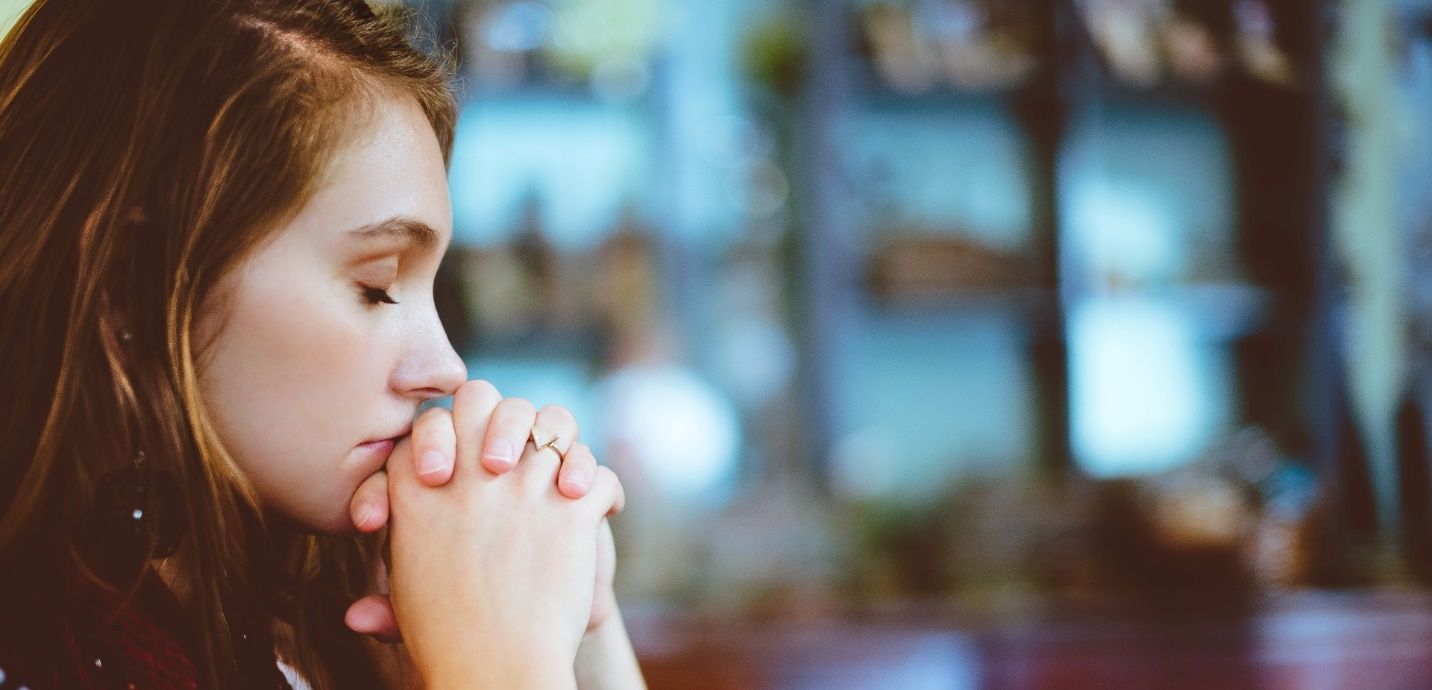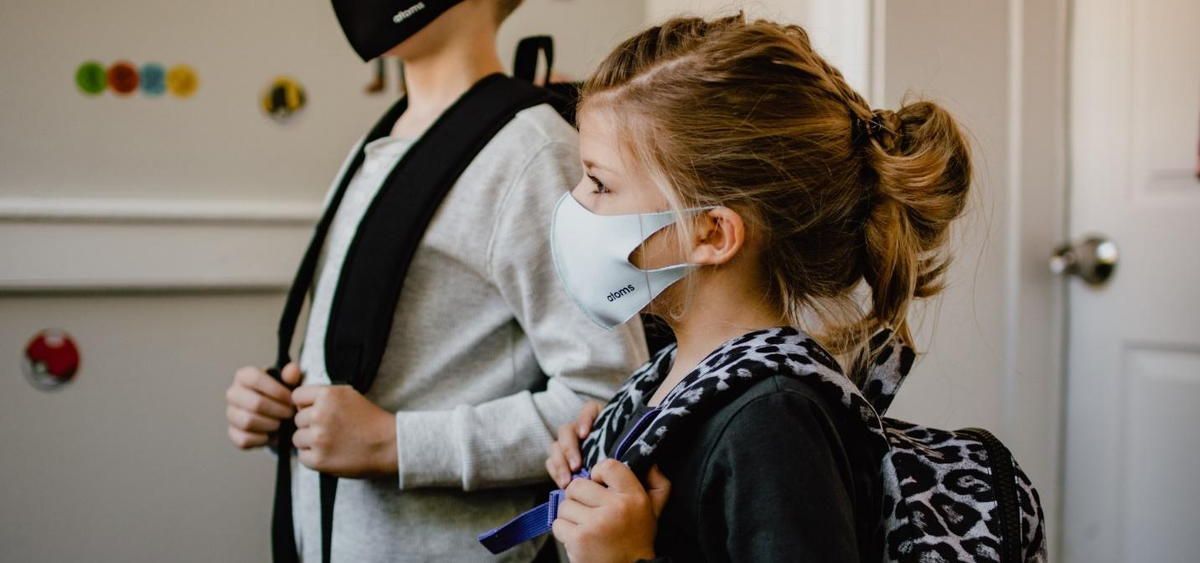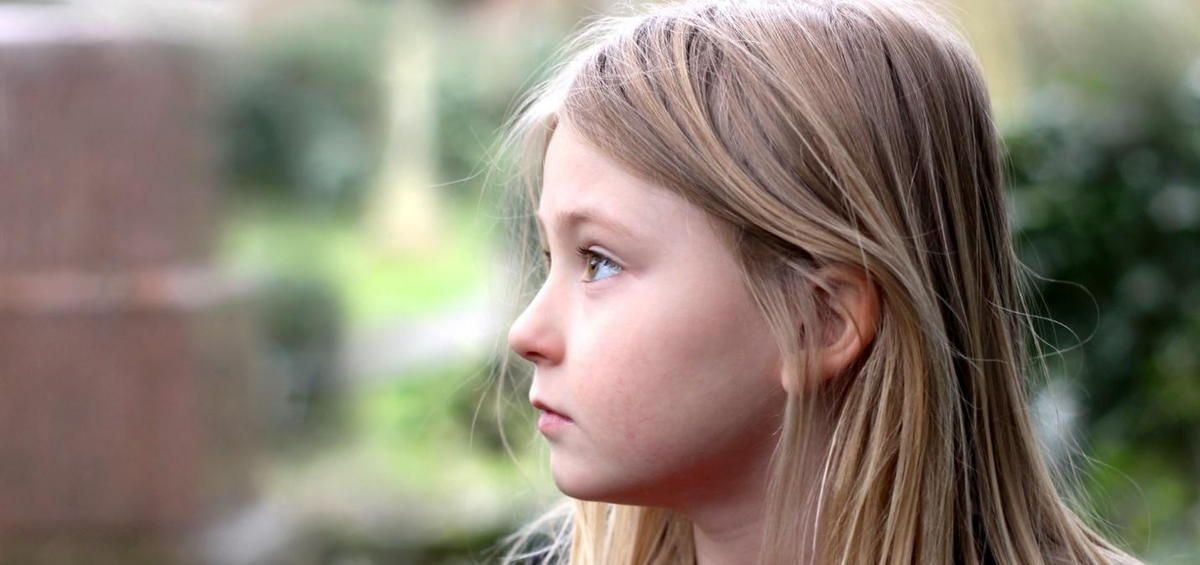Does avoiding mirrors make you hate your body more?
You would think that ending your physical eating disorder symptoms such as bingeing, purging, starving or compulsively exercising would be the hardest part of recovery, wouldn’t you? And recovery is very hard - possible, but hard.
Yet, I’ve found that many of my clients have an even harder time learning to like their bodies once the physical danger of the eating disorder is over.
Troubles with body image, whether you call it body dysmorphia, poor body image self-esteem, or plain old body hatred, are often the lingering emotional symptoms that can get overlooked in the recovery process. These troubles are silent but devastating.
Just like with any fear, our inclination is to avoid it all costs. I’m not very fond of spiders, so I definitely do not go seeking them out in my garage! Sometimes it’s fine to avoid the situations that cause fear, as long as they don’t negatively impact your life. If I were working in the insect house at the zoo, I would definitely need to work on my arachnophobia, but thankfully, I don’t need to!
If you’re afraid to look at yourself in the mirror because you don’t want to experience the negative feelings and comments you say to yourself when you do, you avoid the pain in the short-term for sure. However, it’s difficult to avoid your own reflection entirely.
Additionally, those negative thoughts about yourself are still within you, just buried for the time being. And they hurt your overall self-esteem. They can cause you to hide from others, avoid taking risks that could benefit you (such as going for job interviews), wear clothes that show your style, even going to the beach because you won’t wear a bathing suit.
Avoiding the mirror and those painful thoughts can keep your from many beautiful life experiences. What should you do about it?
It is a weird conundrum that facing fears actually help them go away. There is a type of therapy called exposure therapy that can help people face their fears in a safe and measured way. For example, if I really wanted to overcome my fear of spiders, exposure therapy would start with me just imagining a spider, and then using cognitive and relaxation techniques to imaging this scenario without having a panic attack. Then I would hold a picture of a spider, then look at a real spider, and then finally hold a non-venomous spider while practicing these calming techniques.
This process would be done over several sessions until my fear of spiders was nothing but a memory. Researchers and clinicians have started to use a similar concept in helping people overcome negative body image and fear of looking in the mirror.
It’s called mirror exposure therapy, and there are three types. The first is called guided non-judgemental mirror exposure therapy. In this situation the person with negative body image is asked to look at himself in the mirror and describe all of his body parts in the most objective way possible. For example, instead of saying “My thighs are huge”, he would be directed to say “My thighs are about 25 inches around, they are slightly tan, and I have a small freckle over my right knee”.
By continually describing your body in a scientific, matter-of-fact way, this guided technique will actually retrain your brain to describe your appearance, and the negative feelings would subside.
The second type is called pure mirror exposure therapy. In this situation the person is asked to look in the mirror and actually say all of the negative thoughts she is feeling as well as express her feelings about her body and not look away. This seems to me to be the most original (i.e. pure) form of exposure therapy - having the person face the fear of feeling their painful emotions about their body.
As they face the painful feelings in a systematic way, they lessen over time. Obviously, this type of exposure can be overwhelming and needs to be monitored carefully by a trained therapist.
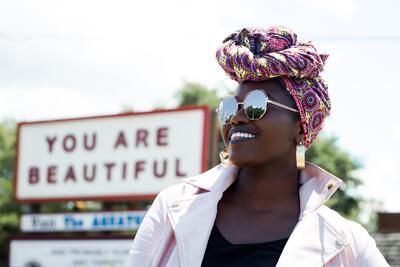
The third type of mirror exposure therapy is called positive mirror exposure therapy. I actually recommend a form of this technique in my book How to be FREE of weight obsession and body hatred : Technique #1: Only allow yourself positive comments when you look in the mirror. Did you know social scientists have proven that we think 95% of the same thoughts every day? So, if 95% of those thoughts are negative thoughts, it is a huge emotional burden to be carrying day in and day out, throughout your life. You may be constantly pointing out faults and putting yourself down. If you’re doing that over and over and over again, 95% of every single day of your life, you are not going to have high self-esteem. It’s important to start to turn those toxic thoughts around as soon as you can.
Is this the case for you? When you are looking in the mirror are you telling yourself “Oh, I look so fat today.” or “Oh, I look so tired today.” or “Oh, my thighs look big today.” or “That skirt doesn’t look good on me.”? If so, I want you to make a concerted effort to never say anything bad about yourself when you look in the mirror again! Even if you have to jump in front of the mirror and say “You look awesome today!” and then jump back without saying anything negative, do that at first! Make a conscious effort to always focus on something positive about yourself in the mirror, such as: “My hair looks great” or “I’m a wonderful person.”
A companion exercise is to take other negative thoughts you notice and rewrite them in the positive. Instead of “I’m always late. I’m always irresponsible. I can never get anything right.” turn it around and reframe: “I do my best every day and I’m a fantastic person” or “Everyone is late sometimes. I have to give myself a break. I’m only human”.
In his interesting article on the topic, Trevor C. Griffen notes: “Mirror exposure therapy is an important, evidence-based treatment for body image disturbances and a large number of people could benefit from treatment. Individuals with eating disorders and body image disturbances should consider adjunctive mirror exposure therapy during the course of their eating disorder treatment; however, mirror exposure therapy should not be the only treatment for an eating disorder. Mirror exposure therapy can also be helpful for individuals with body dissatisfaction who do not have an eating disorder.”

Do you think mirror exposure therapy could help you stop hating your body? Before you try, keep in mind that this type of experience is not for everyone. Psychology Todaywarns: “Though mirror exposure therapy appears to be effective in some groups of patients (e.g. those with eating disorders), its efficacy remains to be proven in other groups; for instance, in individuals with clinical depression, those with a history of self-harm, people who are significantly obese/underweight, and men. That is why the paper’s authors urge caution in using mirror exposure therapy in these populations until further research is conducted.”
Most of all, know that you don’t have to live your life hating the body you were born with. Mirror exposure therapy is just one of the effective techniques you can use to heal your body image. Don’t despair and give up - and if you’re not sure which way to turn, remember that we offer free 15 minute consults to help point you in the right direction!
Contact us today about Mirror Exposure Therapy by calling us at 904-737-3232 for more information!
